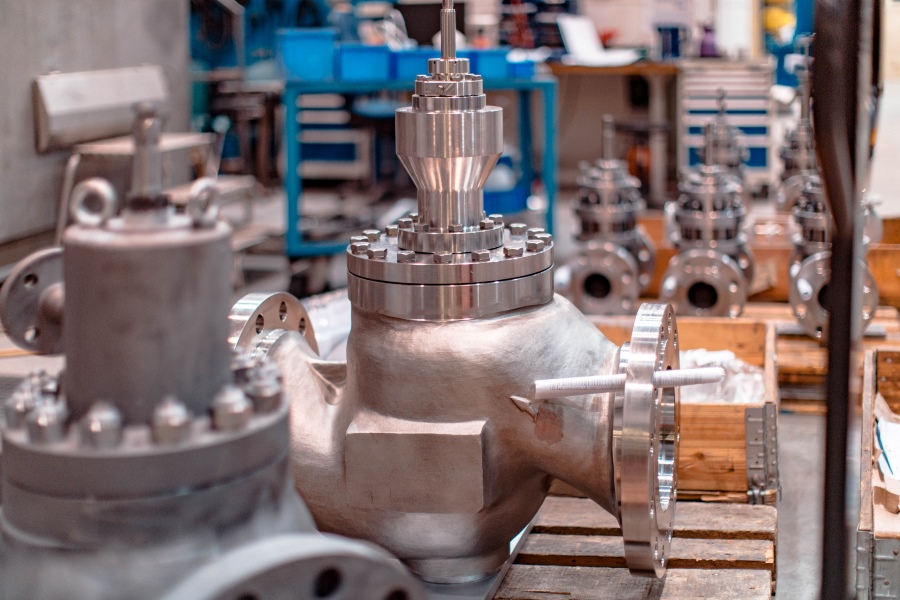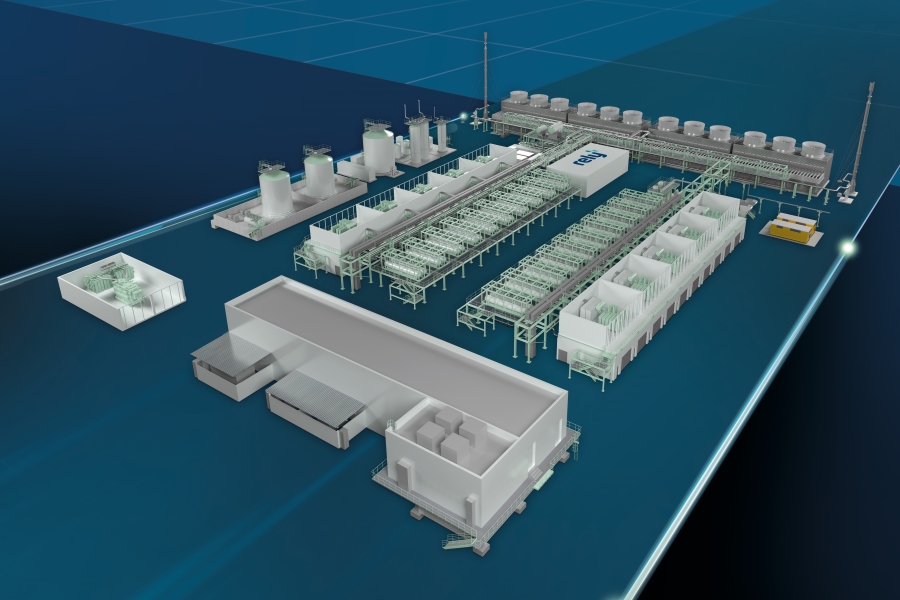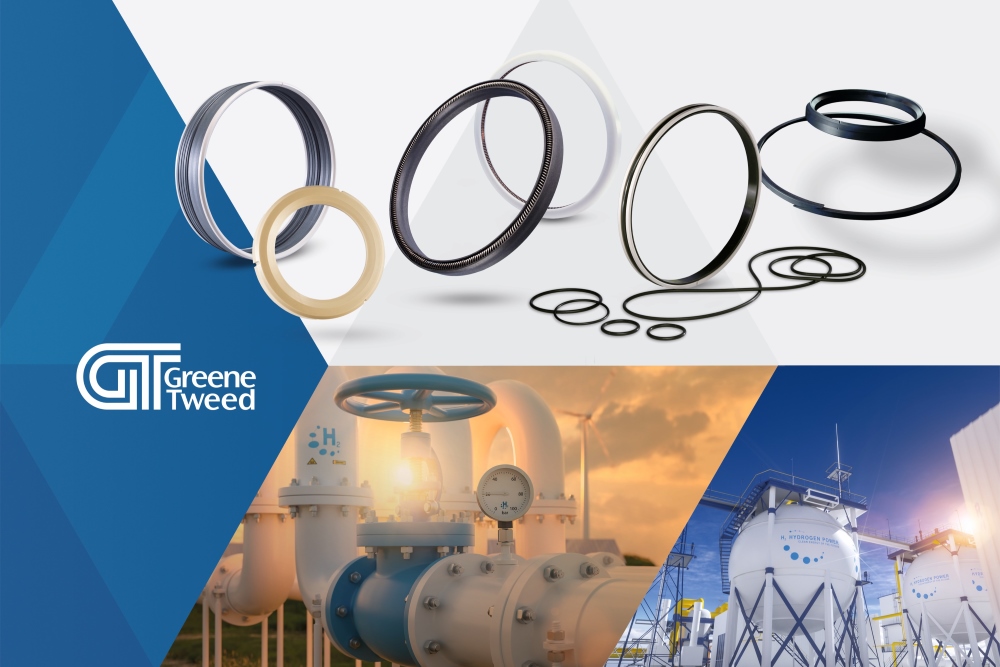
PRUSS: engineering reliability in a changing energy landscape
Founded in 1889, PRUSS has long been recognised for its specialised expertise in control valves and actuators, with a strong foothold in gas-fired power generation and a growing presence across the hydrogen value chain. In recent years, the Hanover-based company has expanded its product portfolio, machining capabilities, and global footprint, further strengthening its position in the evolving energy sector. We caught up with Wilfried Drehmel, CEO of PRUSS, to learn how the company is navigating a challenging yet opportunity-rich landscape.








